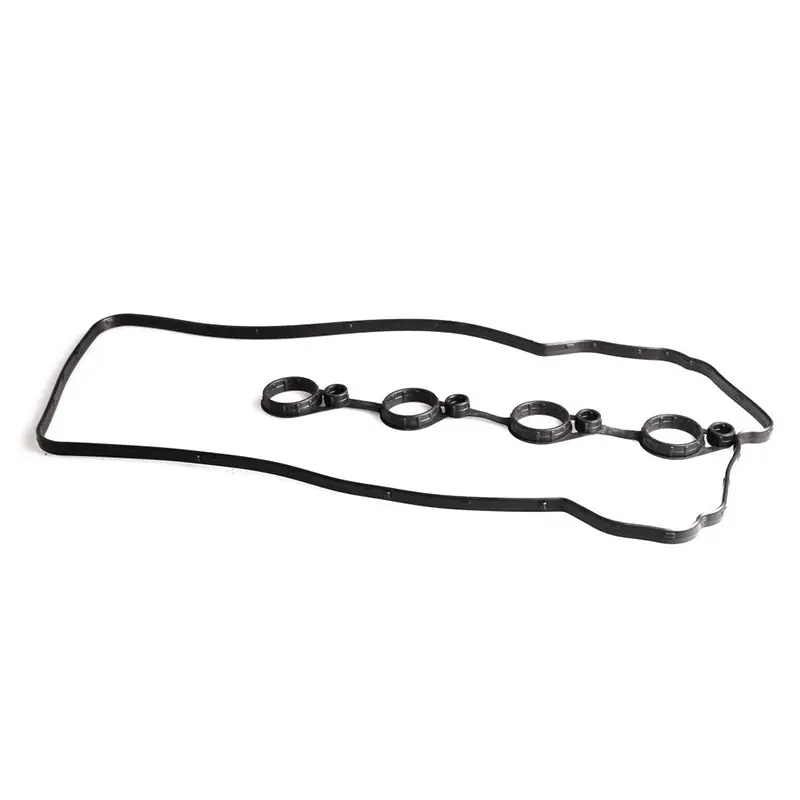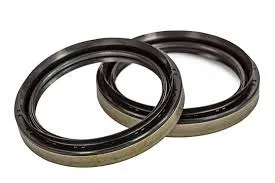...
2025-08-14 16:25
2357
...
2025-08-14 16:25
1454
...
2025-08-14 16:08
2453
...
2025-08-14 15:52
1991
...
2025-08-14 15:03
1053
...
2025-08-14 14:22
2456
...
2025-08-14 14:14
644
...
2025-08-14 14:07
2988
In addition to their strength and versatility, stud whole threaded steel rods are also easy to work with
...
2025-08-14 13:57
1035
...
2025-08-14 13:44
2216

DIN



